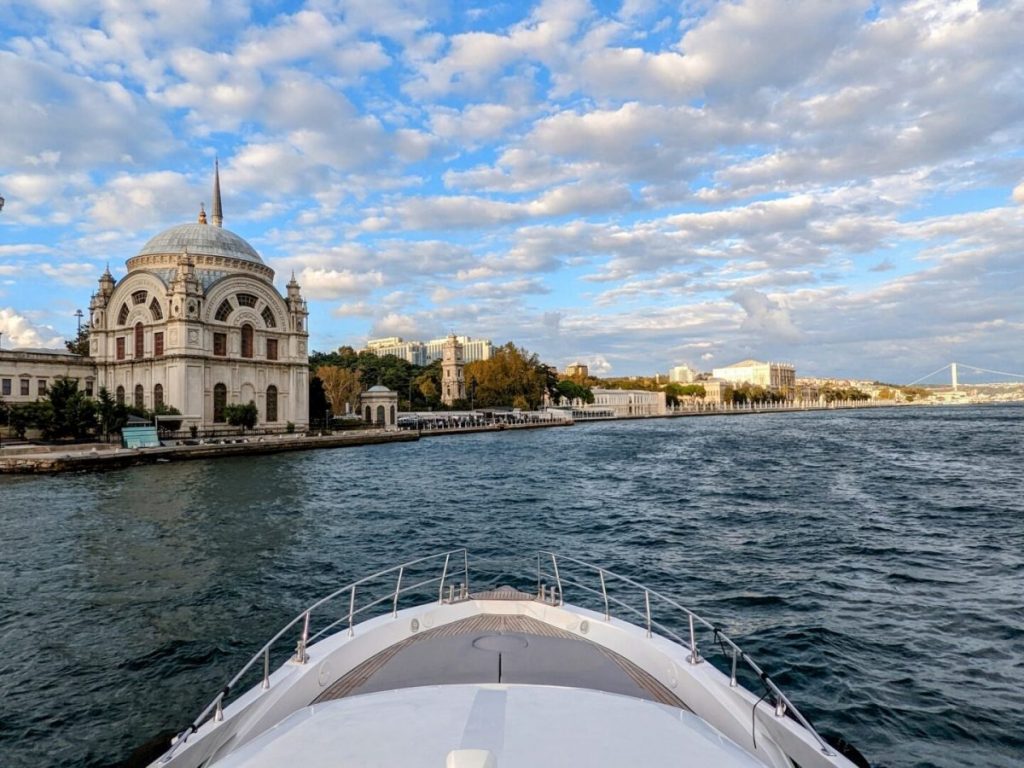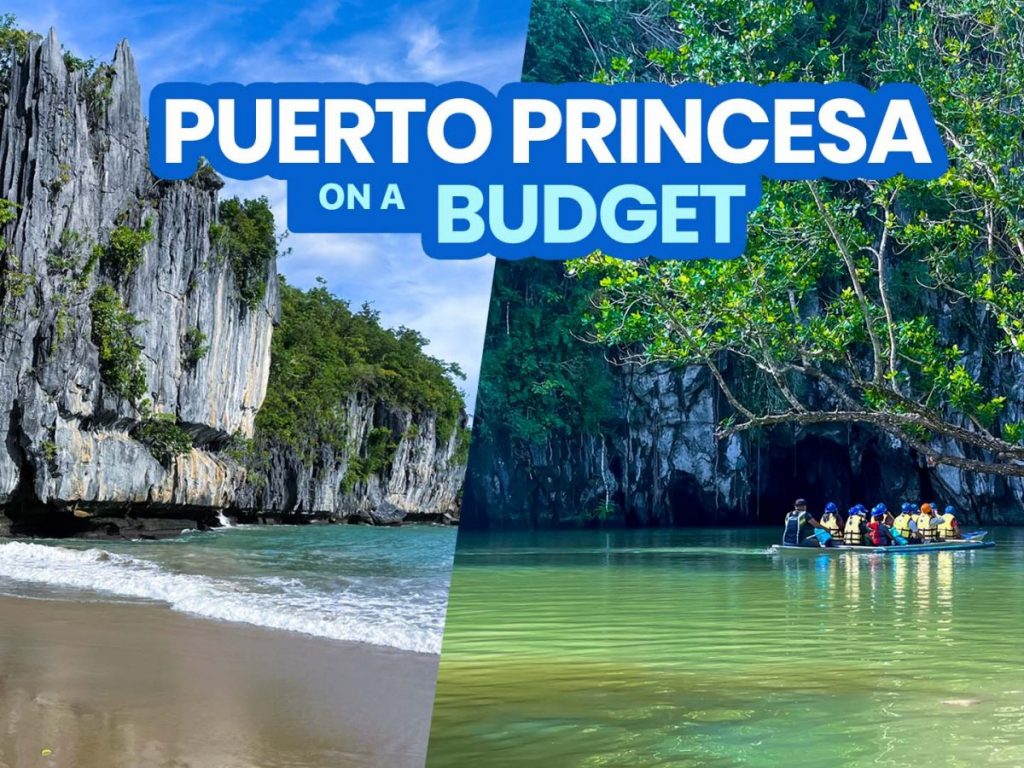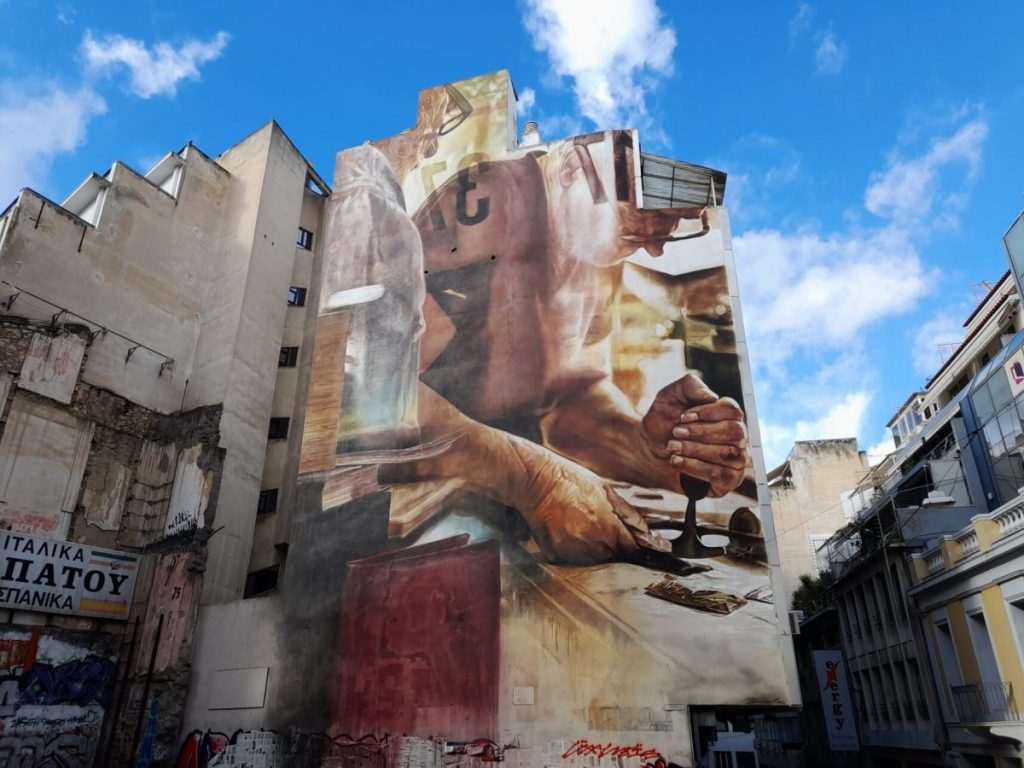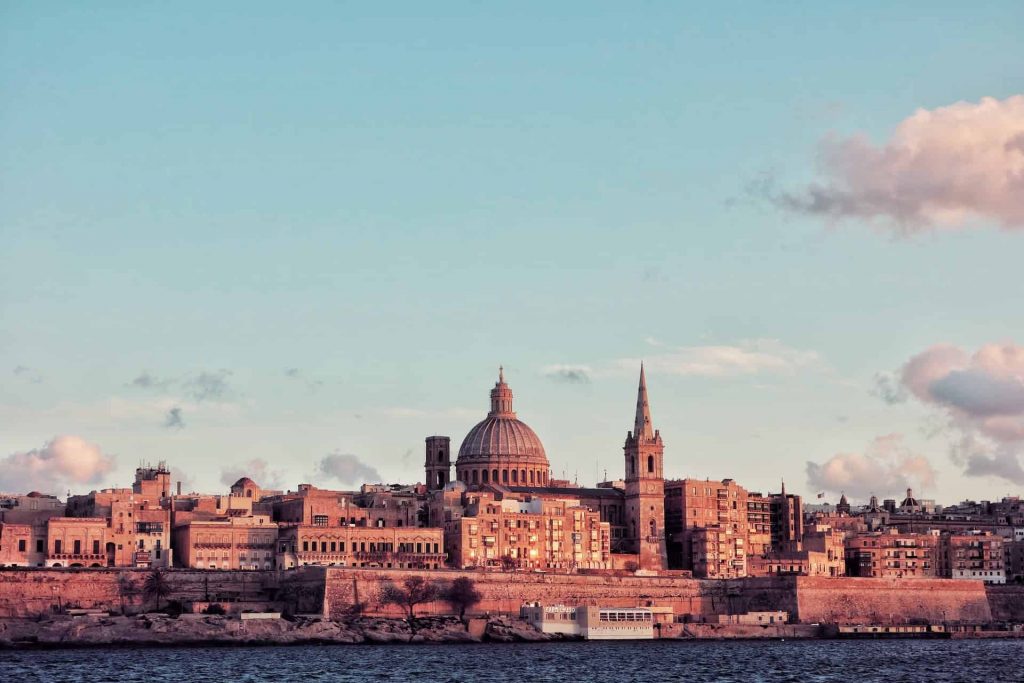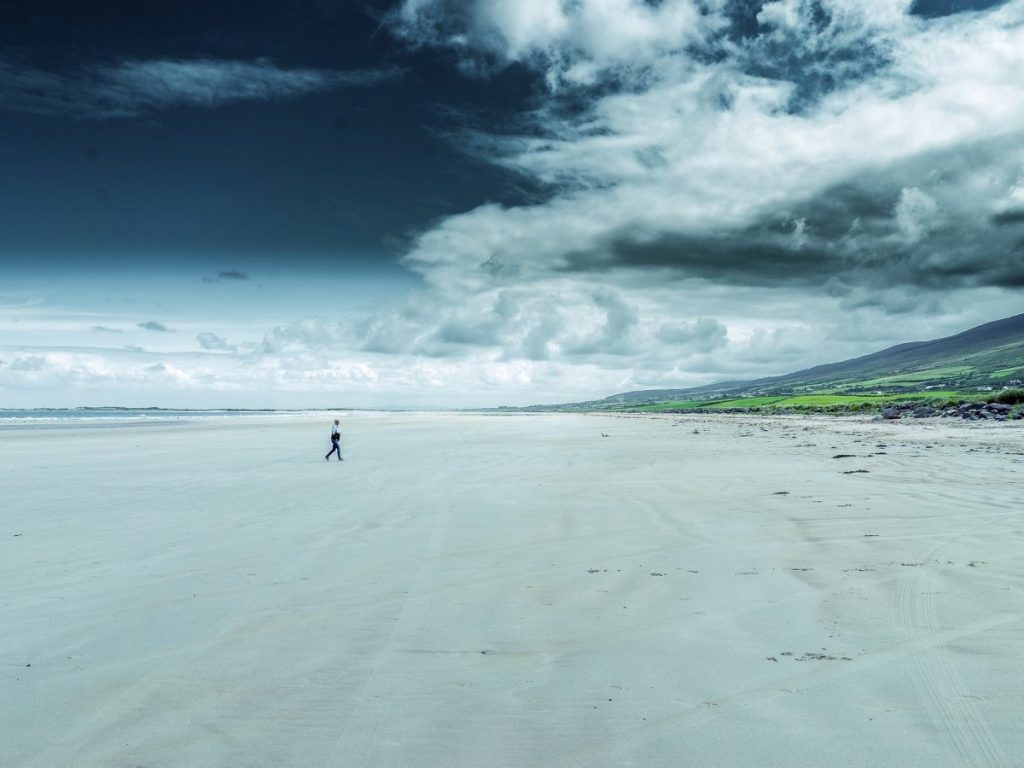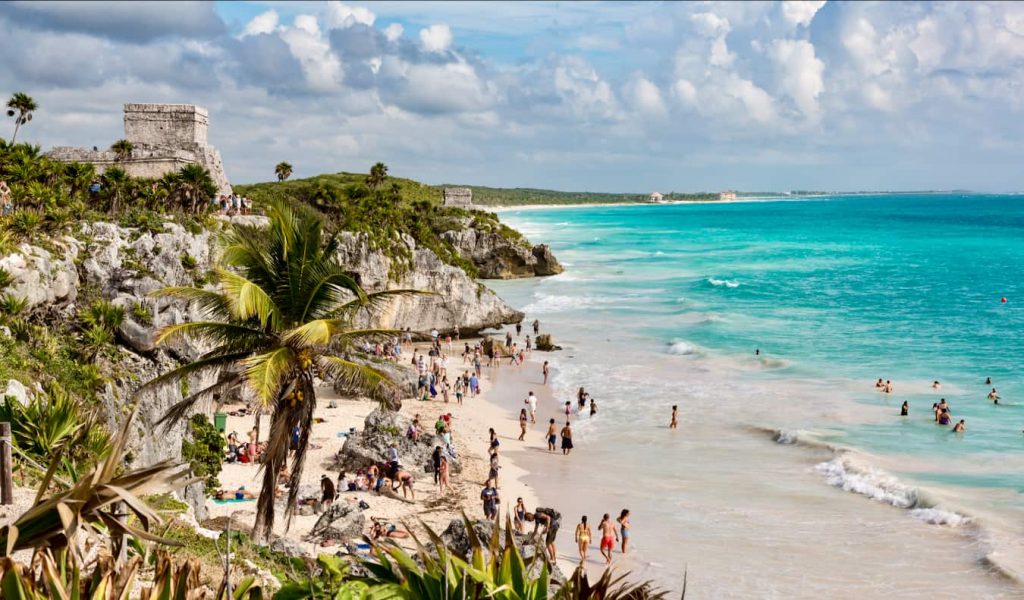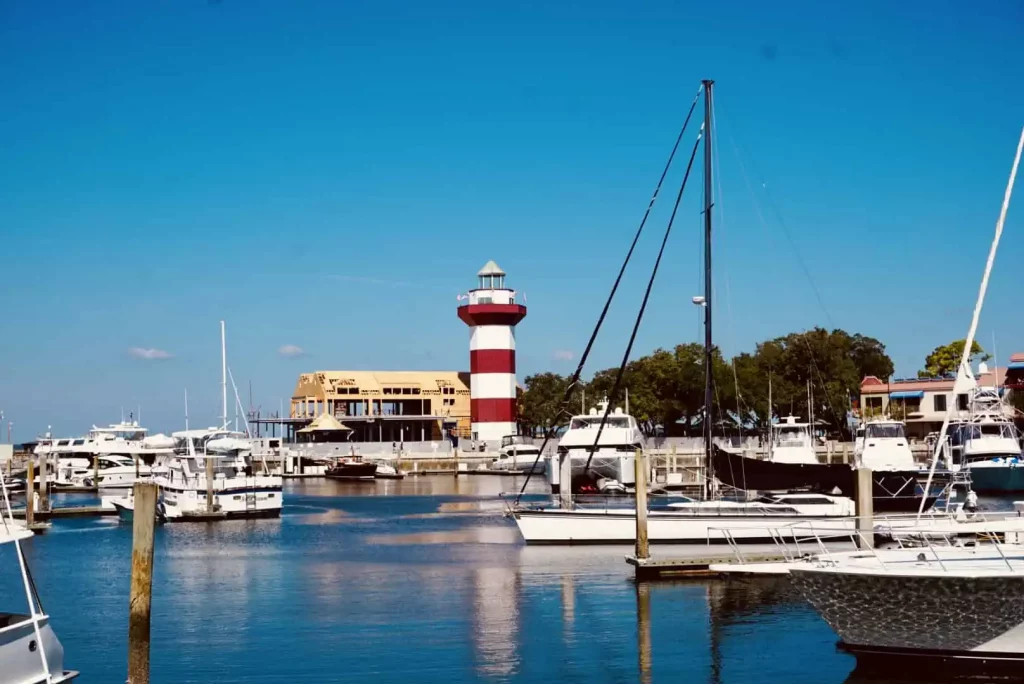Should Travel Be Inexpensive?
[ad_1] Posted: 12/19/22 | December 19th, 2022 The term “budget travel” has long been synonymous with “cheap travel.” Finding deals, getting off the beaten path, eating at “non-touristy” (i.e. inexpensive) restaurants, and staying in hostels. The budget traveler is on a quest for a “local” experience at a low cost. During the 2010s, the rise …

